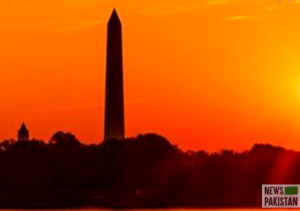TOKYO: Takashi Hosoda was in a skyscraper here when the 9.0 magnitude quake struck on 11th day of March, 2011, but the trained architect was “not particularly worried” as modern Japanese buildings are designed to protect their occupants.
A century after Tokyo was destroyed in the Great Kanto Earthquake of 1923, the Japanese capital today bears no resemblance to the city leveled by that 7.9 tremor, which killed 105,000 people.
The low-rise, largely wooden city that was destroyed a second time by US firebombing during World War II has been replaced by a soaring megalopolis where reinforced concrete is king.
The September 1, 1923, disaster marked “the dawn of seismic design of structures in Japan”, said Yoshiaki Nakano, an earthquake engineering expert from the National Research Institute for Earth Sciences and Disaster Resilience (NIED).
The following year Japan introduced its first building code for earthquake-resistant construction.
These standards have been constantly expanded since then, drawing on lessons from other major tremors in the archipelago, which accounts for around 10 percent of the world’s earthquakes.
Japan’s seismic building code is one of the most stringent in the world, Nakano told the Media.
“Basically, the Japanese building requires a relatively higher strength” than elsewhere, he said, stressing the importance of meticulous monitoring of compliance.
“The system to supervise and check the design and the construction on-site is a very key factor to ensure the quality of the structure, the performance of the building during earthquakes,” he said.
The 2011 earthquake triggered a deadly tsunami along the northeast coast but in Tokyo the damage was limited: high-rise towers oscillated alarmingly for several minutes but did not topple.
AFP/APP/Newspakistan.tv










